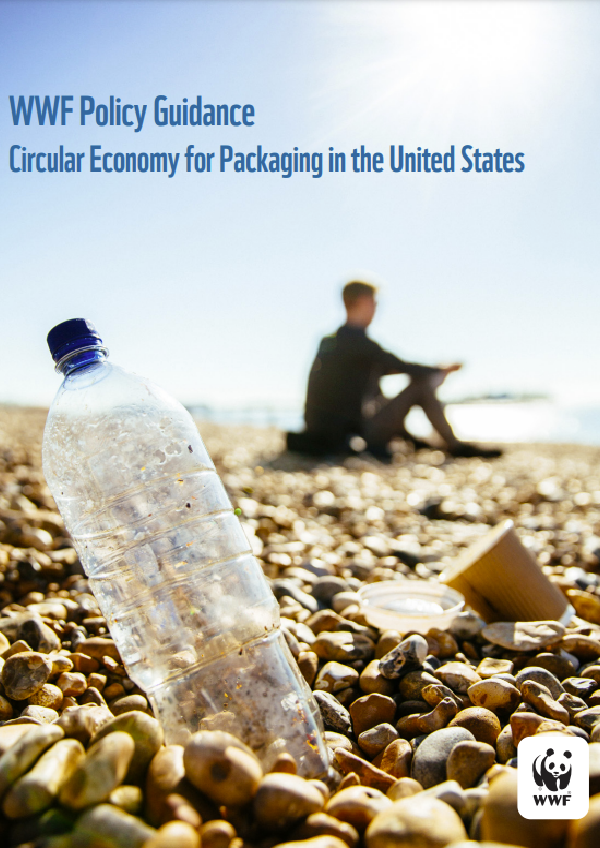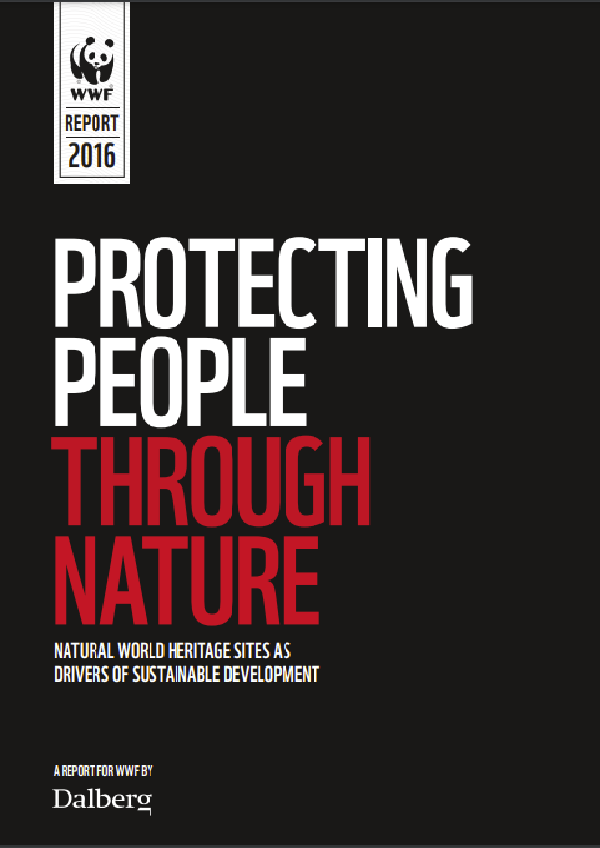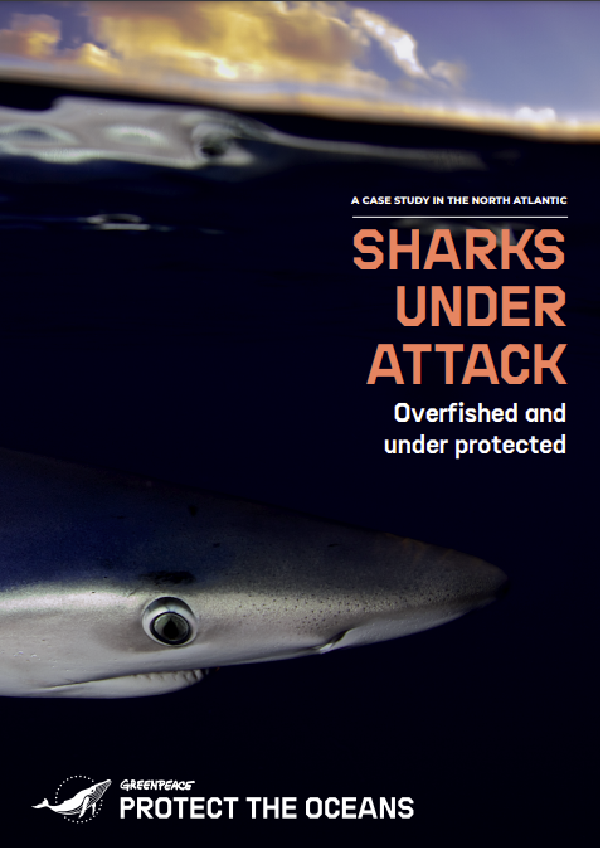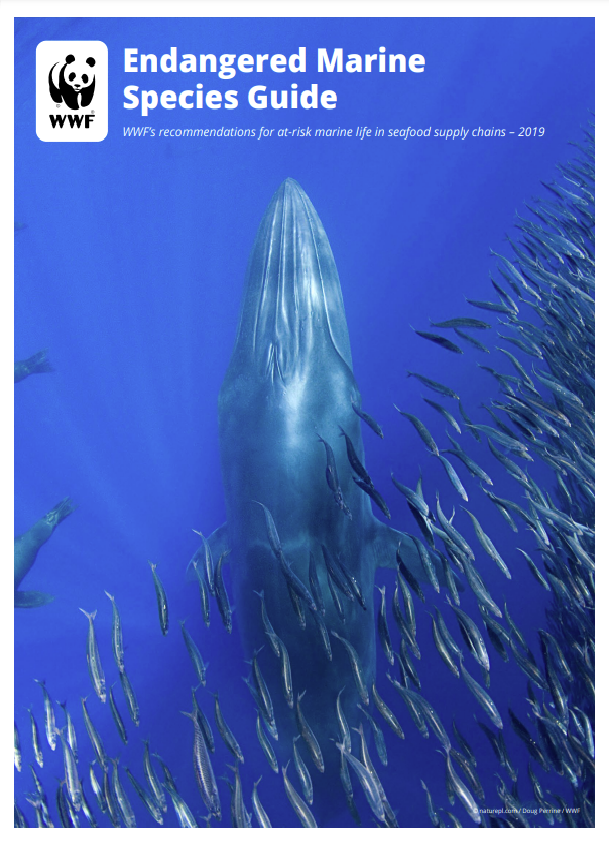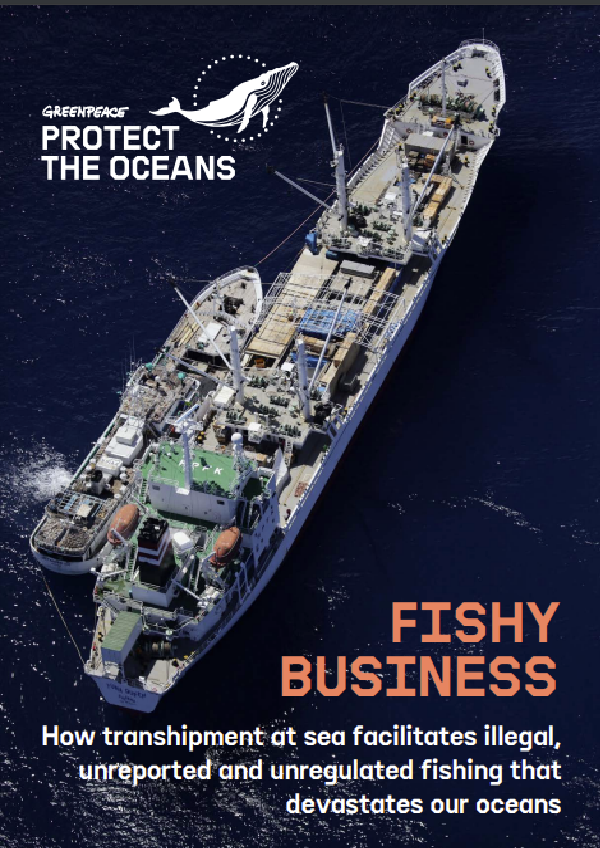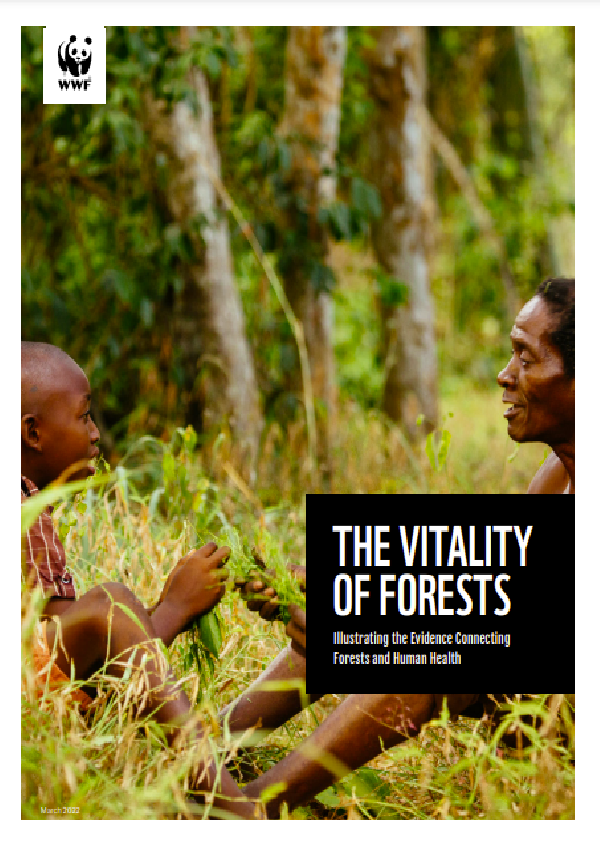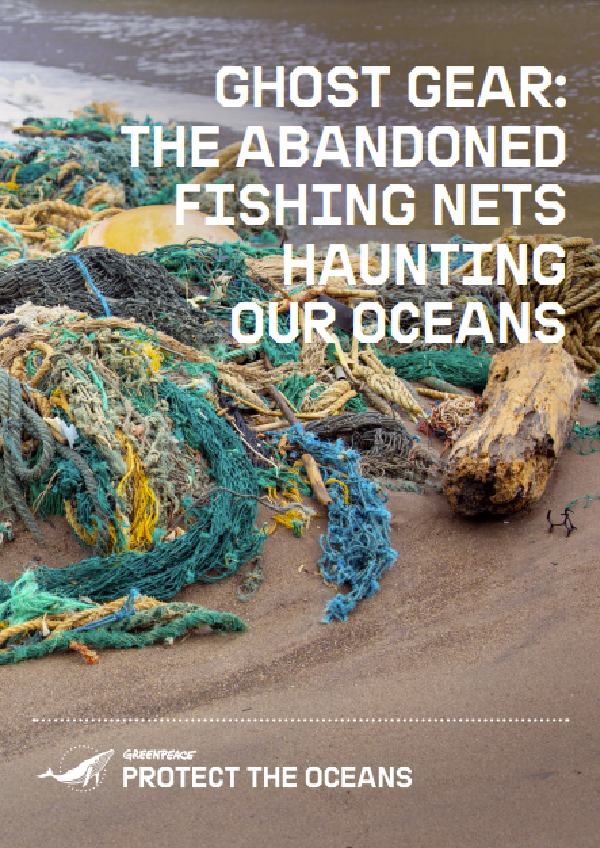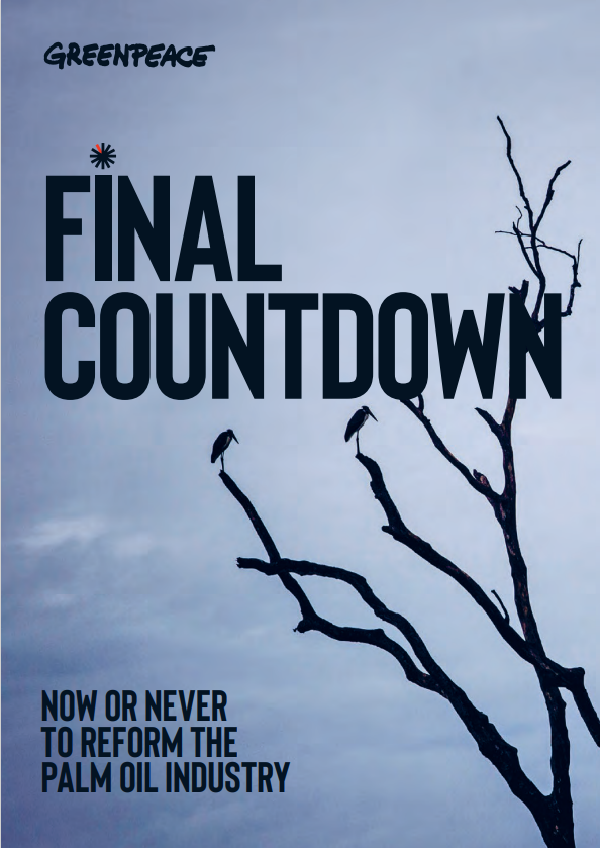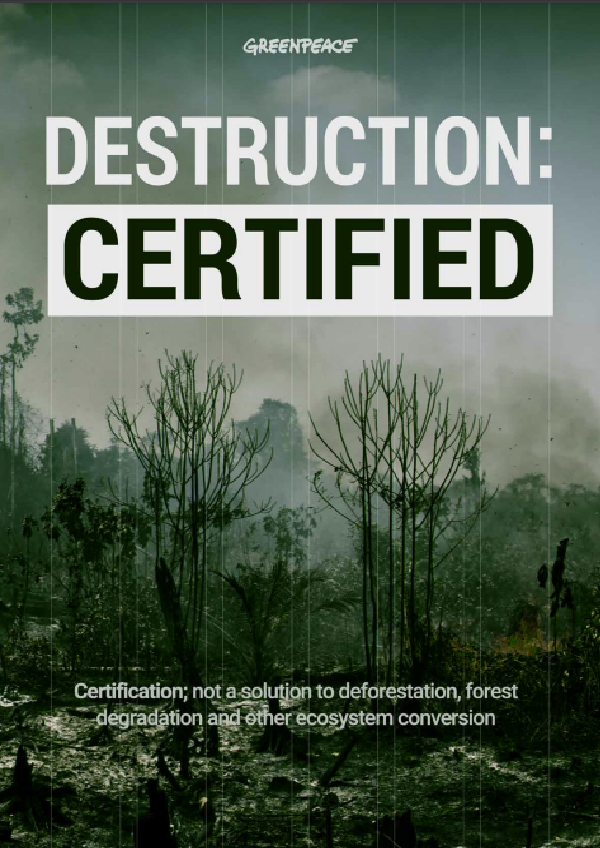Building off existing collaborative efforts, this document aims to create alignment around a common understanding of key terms and concepts and offers guidance on how policy can enable a circular economy, especially regarding plastic and other materials, in the United States.
This document has both common definitions, which can be used in legislative contexts to set the scope for related programs, and recommendations by World Wildlife Fund (WWF) for how these programs and definitions should function. This guidance is intended for policymakers, government agencies, and other public sector groups with an interest in establishing and implementing policy that enables a circular economy at the local, state, and national levels.
Context: Plastic and Materials Circularity in the United States
In the United States, policy avenues to curb plastic waste and enable a circular economy for materials are being explored, legislated, and implemented. New and existing policy models must be aligned across jurisdictions to realize the full potential of reuse and recycling given the hyper-local yet universal nature of plastics and other packaging materials from initial production to waste management.
Recognizing this unique circumstance—where the Federal government has traditionally managed only end-of-life impacts of waste management sites—it is important that proactive, full life cycle approaches to plastic and all other materials be consistent across jurisdictions for the benefit of businesses and the public.
Moving from a linear to a circular economy requires a reevaluation of the way we do business, use materials, and manage our natural resources. This guidance document streamlines some of the considerations that policymakers at all levels need to consider as we protect the future for people and nature.
Background: Plastic Pollution and Circular Economy Solutions
Plastic pollution is accelerating and is expected to continue to be a major source of ground contamination, ocean pollution, and greenhouse gas emissions under business-as-usual conditions.
Currently, the equivalent of one dump truck worth of plastic enters our oceans every minute. By 2040, plastic production is predicted to double and plastic pollution entering the ocean is expected to triple. By 2050, plastic production is expected to account for 10%–13% of the remaining carbon budget, or 56 gigatons of greenhouse gas emissions annually.
There is no time to waste to protect our communities, our economy, and our landscapes and seascapes from this crisis. Communities adjacent to plastic production and disposal sites, known as fenceline communities, are disproportionately exposed to ground, water, and air pollution. Valuable marine resources and tourist destinations—including inland, urban, and coastal destinations—are impacted by plastic waste, resulting in significant economic cost to the tourism and seafood industries, among other industries. We need to protect our environment, our communities, and our economies. This begins with a reevaluation of our use and disposal of plastic.
“No Plastic in Nature” as an Overarching Objective
WWF believes in a future where plastic no longer enters nature.
Policymakers should enable the creation of systems that can monitor the flow of plastic into nature and eliminate the environmental impact of plastic across the full life cycle.
WWF’s No Plastic in Nature Initiative works across the life cycle of plastics to reduce the amount of new plastic produced; ensure that the plastic we continue to need is sourced responsibly; increase the reuse and recycling of plastic already in circulation; and eliminate leakage of plastic into nature. WWF relies on science-based and local solutions to address wildlife conservation, environmental protection, and climate change. These policies can create a future where both people and nature thrive.
It is a priority of WWF to advocate for and implement policies that reduce the amount of plastic and packaging materials the public relies on while ensuring that necessary products and materials are recycled and reused to their fullest extent.
Ultimately, a circular economy can create value for communities while also enabling us to do more with less, decoupling prosperity from the take make-waste model. Though this reality seems ambitious, there are policies and changes we can work toward today that will ensure future generations produce and consume goods with minimal impact.
